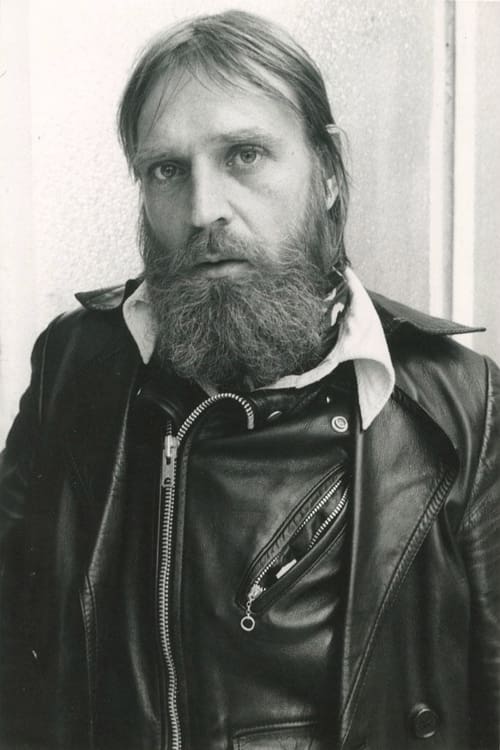
Daniel Pommereulle
出生 : 1937-04-15, Sceaux, Hauts-de-Seine, France
死亡 : 2003-12-30
略歴
Daniel Pommereulle passed away in December 2003, leaving a very diverse and complexe but also peculiar and premonitory work. According to Alain Jouffroy's phrase, he was associated to the "Objectors" (les "Objecteurs"). Despite some important exhibitions (Fin de siècle presented in 1975 at National Center for Contemporary Art - Georges Pompidou, or the retrospective exhibitions at the Dole and Belfort museums in 1991) and a growing aura, this work, certainly one of the most importants of the second half of the 20th century in France, remains unknown and secret. From the 1980's to the 1990's he concentrates on the transparency theme with layouts of glass, paper and steel. As an actor, he started with Eric Rohmer's La Collectionneuse in 1967 and played in a dozen of movies, among which François Truffau's La mariée était en noir ( The Bride Wore Black), Jean-Luc Godard's Week-End and Les Idoles by Marc'O are noteworthy. In 1972, he takes part in La Cicatrice Intérieure (The Inner Scar) by Philippe Garrel whom he'll join again 27 years later for Le Vent de la nuit(Night Wind).As a film director One More Time (1967) and Vite(Fast, 1969) are the most noticeable movies for which he successively created a suicide machine and shot sequences through a telephoto lens or a telescope, leading to an apology of the desert and the planet Saturn.

L'éditeur
People and life can be cruel, and in their face, Fannette is cool: toward an old acquaintance, to her daughter, to colleagues. Beneath the surface, she roils with passion for a lost love, Philippe. She watches "An Affair to Remember" again and again, and when she receives a letter from Philippe asking her to meet him atop the Empire State Building, she swoons. She's writing a book on an aged painter, so she organizes a trip to New York ostensibly to secure photographs of some of his pieces. The publisher assigns her a photographer, Matt, on the surface spontaneous and flip, but also aggressive about his attraction to her. Will she be with the one she loves? Will she smile? Written by

Jean le sculpteur
A housewife's affair with a younger man goes nowhere.
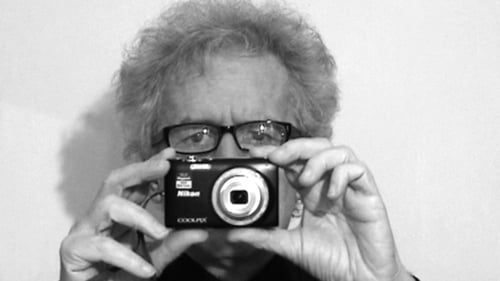
N°2023
Cinématon is a 156-hour long experimental film by French director Gérard Courant. It was the longest film ever released until 2011. Composed over 36 years from 1978 until 2006, it consists of a series of over 2,821 silent vignettes (cinématons), each 3 minutes and 25 seconds long, of various celebrities, artists, journalists and friends of the director, each doing whatever they want for the allotted time. Subjects of the film include directors Barbet Schroeder, Nagisa Oshima, Volker Schlöndorff, Ken Loach, Benjamin Cuq, Youssef Chahine, Wim Wenders, Joseph Losey, Jean-Luc Godard, Samuel Fuller and Terry Gilliam, chess grandmaster Joël Lautier, and actors Roberto Benigni, Stéphane Audran, Julie Delpy and Lesley Chatterley. Gilliam is featured eating a 100-franc note, while Fuller smokes a cigar. Courant's favourite subject was a 7-month-old baby. The film was screened in its then-entirety in Avignon in November 2009 and was screened in Redondo Beach, CA on April 9, 2010.
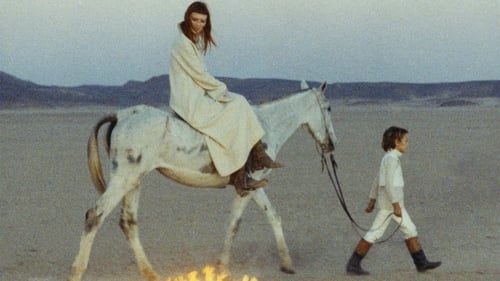
Sheperd
A composition of symbolic, surreal and almost mystic images.
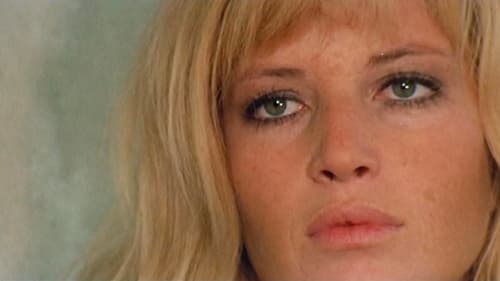
Barbara (Monica Vitti) is a journalist investigating the local counterculture who becomes involved, after an unpleasant start of battery and stalking, with Pierre Clémenti's louche all-around dropout.

Writer
In 1969, the painter-sculptor Daniel Pommereulle made his third film, this one financed by Sylvina Boissonnas. Although only a short, Vite was one of the most costly of all the Zanzibar productions. It features, for instance, shots of the moon taken by a state-of-the-art telescope, the Questar, that Pommereulle first saw while visiting Marlon Brando in southern California in 1968. In Rohmer’s La Collectionneuse, Pommereulle and his friend Adrien philosophize on how best to achieve le vide (emptiness) during their summer holidays. Three years later, Pommereulle would transform the word “vide” to “vite” (quickly), signifying his profound disenchantment with the aftermath of the revolution of May ’68. —Harvard Film Archive

In 1969, the painter-sculptor Daniel Pommereulle made his third film, this one financed by Sylvina Boissonnas. Although only a short, Vite was one of the most costly of all the Zanzibar productions. It features, for instance, shots of the moon taken by a state-of-the-art telescope, the Questar, that Pommereulle first saw while visiting Marlon Brando in southern California in 1968. In Rohmer’s La Collectionneuse, Pommereulle and his friend Adrien philosophize on how best to achieve le vide (emptiness) during their summer holidays. Three years later, Pommereulle would transform the word “vide” to “vite” (quickly), signifying his profound disenchantment with the aftermath of the revolution of May ’68. —Harvard Film Archive

Director
In 1969, the painter-sculptor Daniel Pommereulle made his third film, this one financed by Sylvina Boissonnas. Although only a short, Vite was one of the most costly of all the Zanzibar productions. It features, for instance, shots of the moon taken by a state-of-the-art telescope, the Questar, that Pommereulle first saw while visiting Marlon Brando in southern California in 1968. In Rohmer’s La Collectionneuse, Pommereulle and his friend Adrien philosophize on how best to achieve le vide (emptiness) during their summer holidays. Three years later, Pommereulle would transform the word “vide” to “vite” (quickly), signifying his profound disenchantment with the aftermath of the revolution of May ’68. —Harvard Film Archive
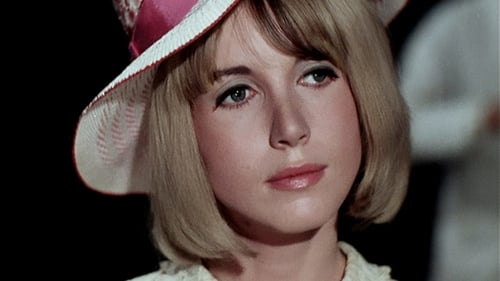
This satire concerns three French singing idols and their attempt to stay in the public eye. A press conference, backstage hedonism, psychedelia, manipulative managers and disc jockeys are portrayed as the pop culture is thoroughly and effectively lampooned in this independent feature.
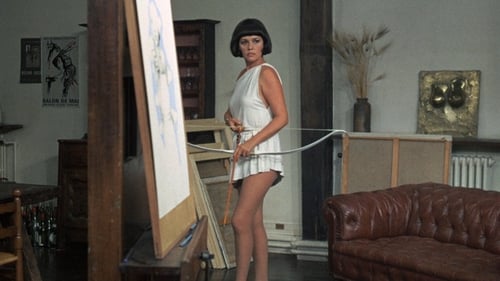
Fergus's Friend
Julie Kohler is prevented from suicide by her mother. She leaves the town. She will track down, charm and kill five men who do not know her. What is her goal? What is her purpose?

Writer
A young woman decided to make a show of her death she is going to look at during the whole film. We will see the progressive and long descent of a murderous machine which may pierce her throat.

Director
A young woman decided to make a show of her death she is going to look at during the whole film. We will see the progressive and long descent of a murderous machine which may pierce her throat.
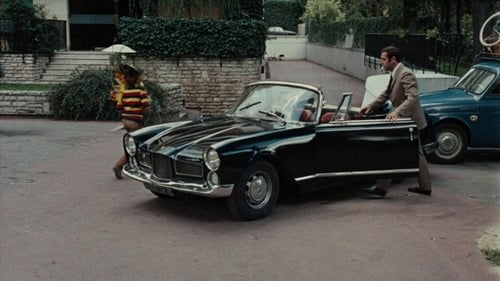
Joseph Balsamo
ゴダール監督による、ショッキングで不条理な文明批判映画。都会の生活に疲れた一組の男女が、土曜日の朝、田舎へ向けて週末旅行に車で出かける。だが、途中で出会うのは、同じ目的で郊外へ出ようとする車の渋滞。やがて、彼らは集団ヒステリー状態になり、信じられない事件が連続する。セスナが墜落し、人肉を食べる者までが出る始末。この狂気の宴はいつまでも続き、彼らの週末は絶望的なものになるのだった。
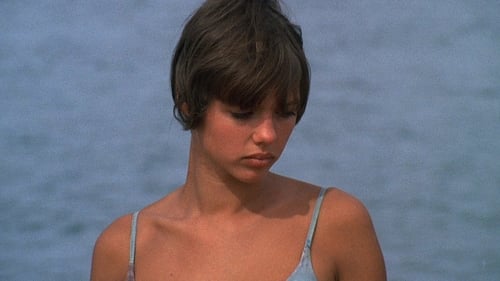
Dialogue
A bombastic, womanizing art dealer and his painter friend go to a seventeenth-century villa on the Riviera for a relaxing summer getaway. But their idyll is disturbed by the presence of the bohemian Haydée, accused of being a “collector” of men.

Daniel
A bombastic, womanizing art dealer and his painter friend go to a seventeenth-century villa on the Riviera for a relaxing summer getaway. But their idyll is disturbed by the presence of the bohemian Haydée, accused of being a “collector” of men.












